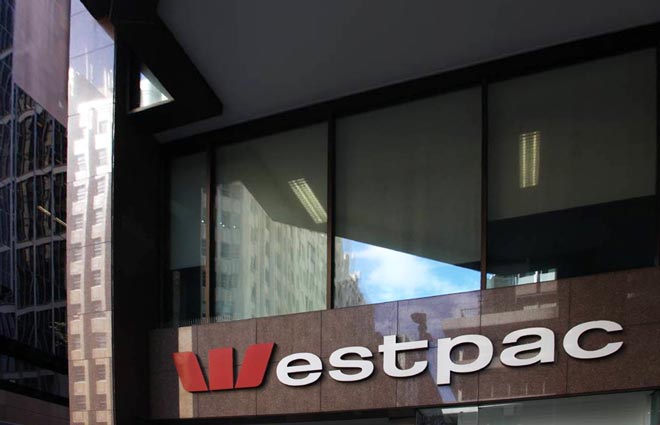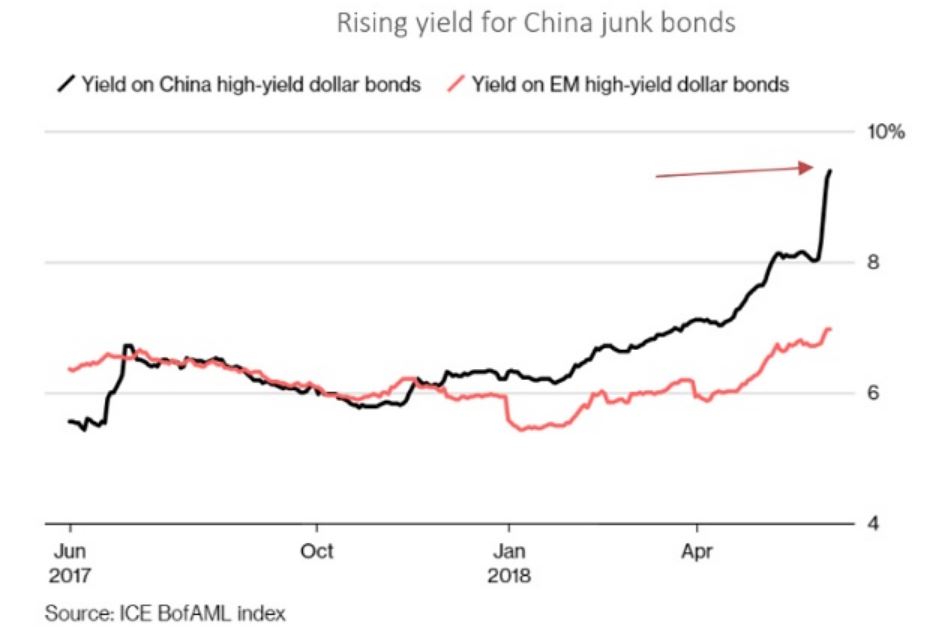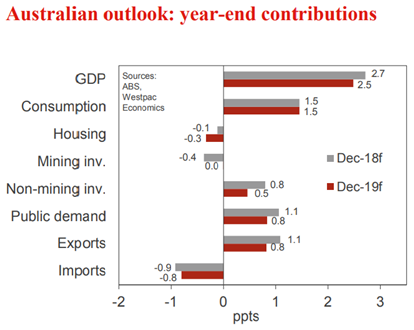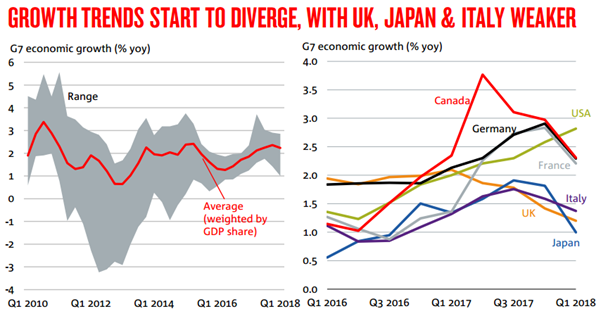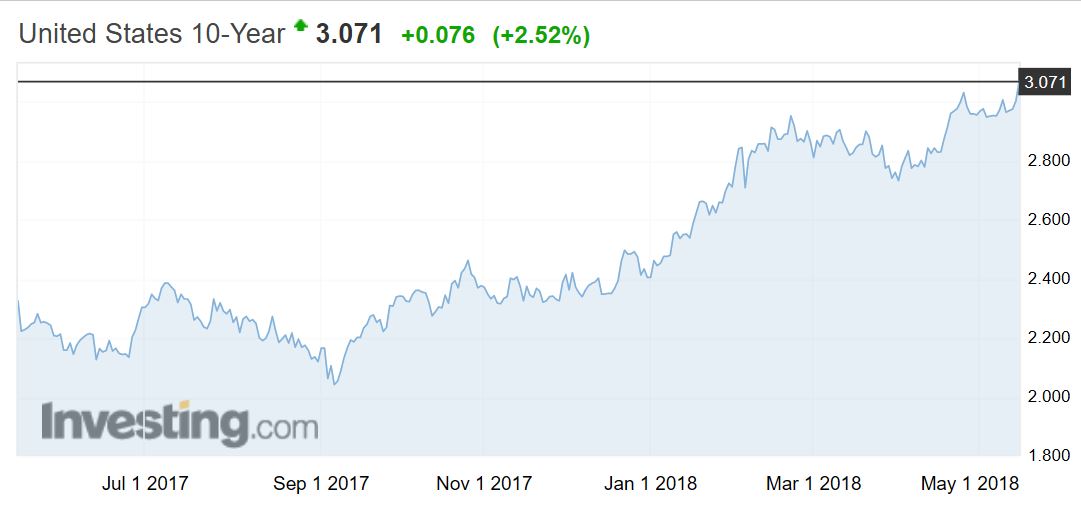The banking royal commission has caused a massive erosion of consumer trust in financial services – and it’s up to the industry to stop it, according to a new survey, via InvestorDaily.
New findings from a survey by financial services marketing agency Yell and research firm Ipsos, conducted in June during the royal commission, has revealed that consumer trust in banks dropped by 8 per cent from 2017.
Similarly, trust in financial advisers also dipped by six per cent.
When asked to rank financial services organisations according to trust, banks slipped to third place from second place in 2017 and financial advisers fell from third place to fifth place.
“This year’s results showed an acceleration in the gradual erosion of consumer trust that’s still not being recognised by the industry as a whole,” said Yell founding partner Nigel Roberts.
The financial services industry would need to take responsibility for the declining trust and reorient its offerings to better serve the customer, he suggested.
“The challenge for all of financial services and especially the banking sector, is to halt the slide in trust or face real consequences.
“This can be achieved, but will involve much greater empathy and delivering solutions that truly meet customer needs, rather than meeting sales targets,” Mr Roberts said.
“The shift away from pushing product requires more than just having a view on the vast quantities of data currently being collected; it needs a human-centred approach as well.”
He also posed the question of whether incumbents would see a “significant commercial impact” as new market entrants entering the industry did not “carry the stigma of some of the established players”.
“We’ve seen the big four shifting away from wealth services ahead of and during the royal commission, maybe in anticipation of any potential findings, but the question is: will it be enough to protect them from the emergence of neo-banks and other viable alternatives in Australia?”
Bank customer satisfaction drops: Roy Morgan
Recent statistics from research house Roy Morgan have also pointed to declines in customer satisfaction as a result of the royal commission.
Bank customer satisfaction was at 82.3 per cent in January at the beginning of the year, but then fell to 78.5 per cent in May and then even lower to 78.3 per cent in June.
“This represents a decline of 4.0% points since January and is now at the lowest monthly satisfaction level since April 2012,” according to a Roy Morgan statement.
Furthermore, figures also demonstrated that dissatisfaction levels were increasing — and this represented a threat to retention, the statement said.
“The following chart shows that the level of dissatisfaction with banks has increased to 6.2 per cent from 4.6 per cent in January, just prior to the royal commission and is now at the highest level since April 2012.
“The combination of the 15.5 per cent of bank customers who are indifferent to their relationship with their bank (neither satisfied or dissatisfied) and those who are dissatisfied (6.2 per cent) means that more than one in five (21.7 per cent) bank customers pose a potential threat to customer retention, particularly considering that this has increased from 17.7 per cent in January 2018.”


